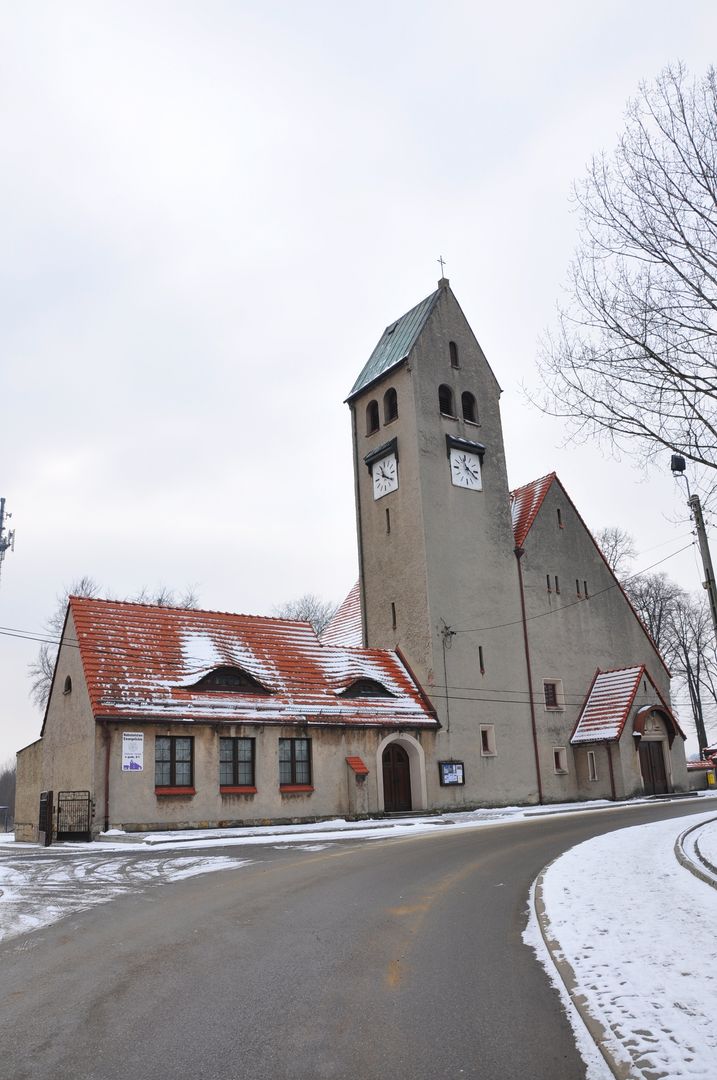Orzesze
6.5

Overview
Orzesze is a town in southern Poland, located in the Silesian Voivodeship, known for its rich historical and architectural heritage. Situated on the Silesian Highlands, it covers an area of 83.79 km², making it the largest non-county seat city in Poland. The history of Orzesze dates back to the 15th century when it was a knight's village. Its oldest monument is the 16th-century Gothic-Renaissance chapel on the Hill of St. Lawrence, which was once a hideout for local bandits. The town is also home to several other noteworthy churches, such as the Church of the Holy Spirit built in 1913 and the Church of the Visitation of the Blessed Virgin Mary constructed between 1926 and 1930. Additionally, the Baroque palace in Zawiść and the 19th-century palace in Woszczyce are worth mentioning.
Orzesze has played a significant role in the history of Upper Silesia, changing administrative affiliations under various rulers, including the Piasts and the Hohenzollerns. The town endured a difficult period during World War II, when many of its residents lost their lives at the hands of German occupiers. Culturally, Orzesze fosters theatrical and musical workshops, hosts a Municipal Cultural Center, and supports active artistic groups such as the "Dzwon" Choir. The town organizes numerous events, including festivals, cycling rallies, and sports tournaments. It is also home to several religious communities, including Catholic and Protestant congregations.
Interestingly, according to the IQAir ranking, Orzesze has the highest level of air pollution in Poland. Despite its industrial past linked to mining and metallurgy, modern Orzesze is striving to transform its economic profile by promoting ecological and tourism initiatives. Two tourist trails run through the town, inviting visitors to explore the beauty of the local landscapes. Residents proudly identify with the region, and in recent years, nearly 14% of them have declared themselves Silesians, reflecting a strong sense of local identity.
Location
Tickets
2025 Wizytor | All Rights Reserved